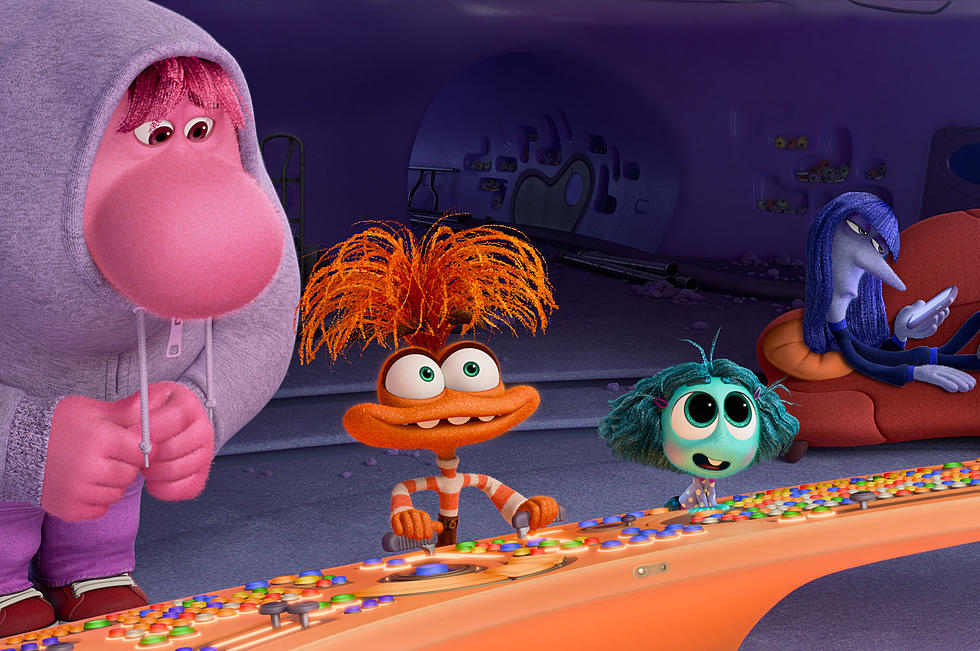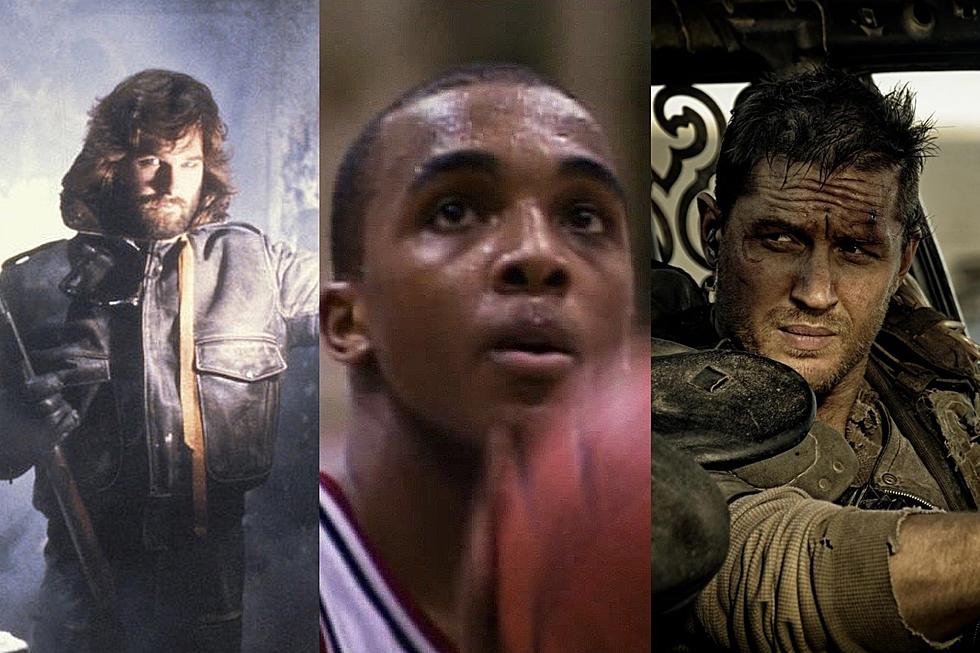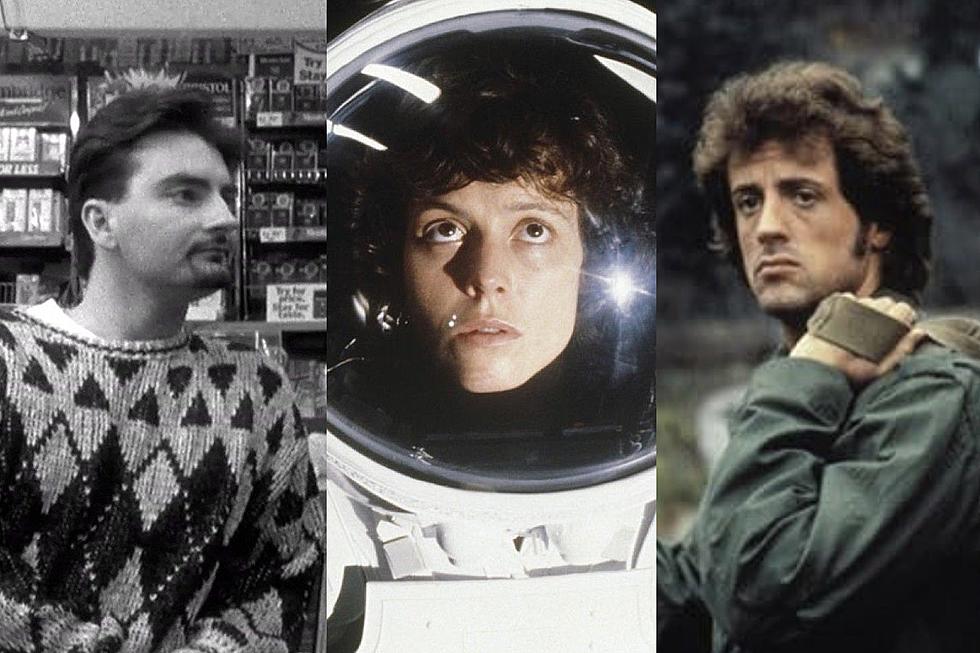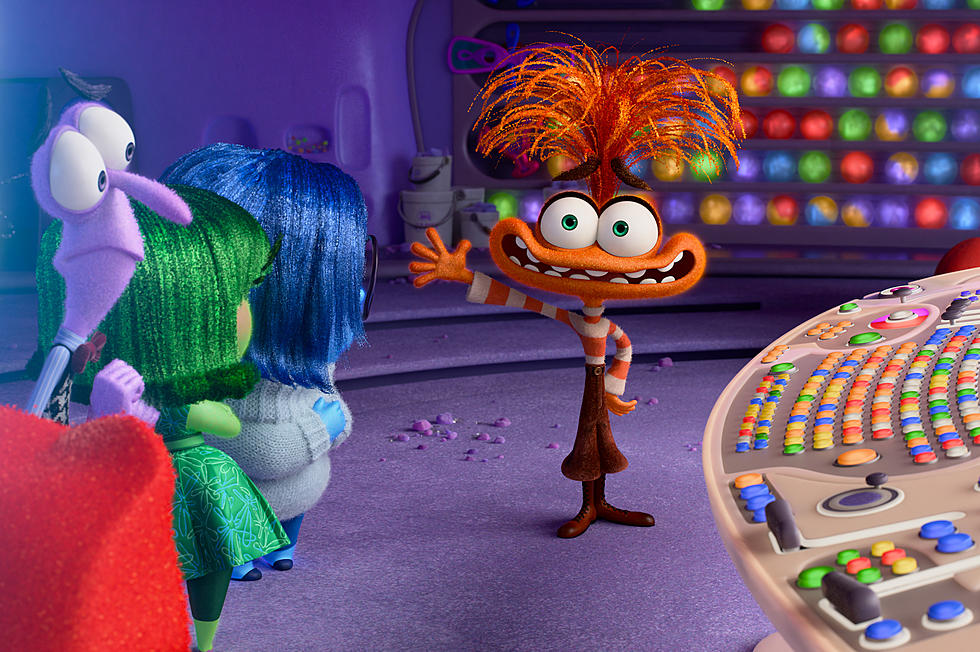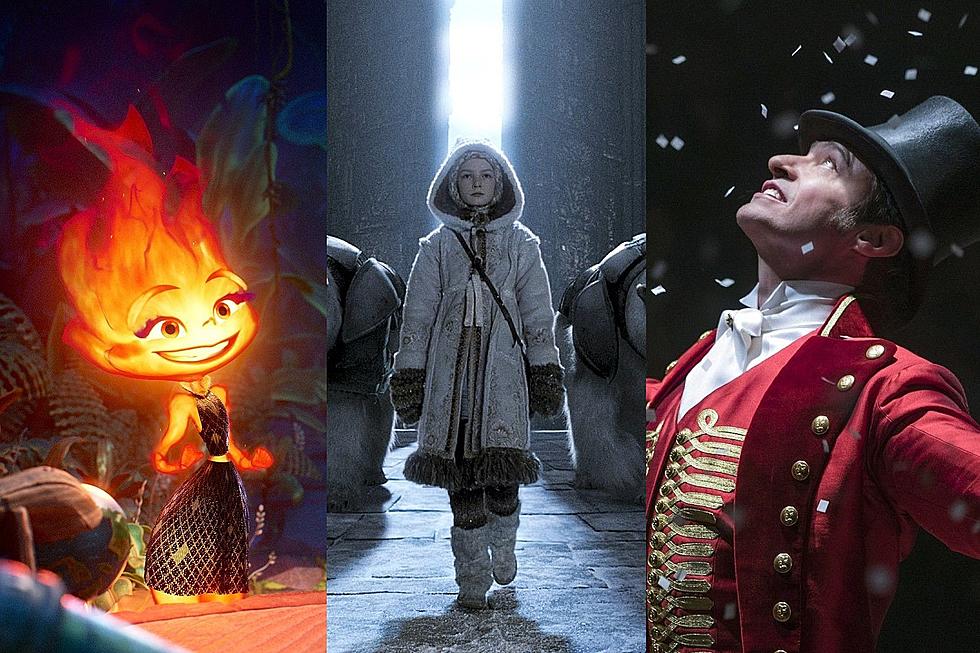
A Pixar Director Reveals the Four Essential Ingredients in All the Studio’s Movies
Over 22 years, Pixar Animation Studios has released 17 movies (the 18th, Cars 3, opens in theaters in June) made by hundreds of artists and animators. Their stories feature princesses, monsters, ants, robots, superheroes, fish, and the embodiments of human emotions; their settings range from a child’s suburban bedroom to the rat-infested kitchen of a Parisian restaurant. But all of these movies, no matter what they’re about or who made them, share a few common elements, principles the filmmakers at Pixar use to guide their work.
That’s what I learned from a presentation by Dave Mullins, an animator who’s spent more than 15 years at Pixar working on films like The Incredibles, Up, and Brave. Mullins directed the short that plays in front of Cars 3, the charming “Lou.” After screening his film to the press at the Cars 3 junket, Mullins walked the visiting journalists through the short’s origins and development — and revealed the four key ingredients that every Pixar effort like “Lou” contains.
“John Lasseter said something about Pixar once that always stuck with me,” Mullins explained, before revealing the specific elements you’ll find in everything from Brave to A Bug’s Life. They are:
1. Heart
Heart, per Mullins, “meaning the main character is flawed, and experiences personal growth.” Think of Up’s Carl Fredricksen, the elderly widower consumed by grief who reawakens to life’s pleasures through his friendship with a young boy, or Inside Out’s Joy, who comes to realize sadness is just as important to an emotionally fulfilled life as she is, or Toy Story’s Woody, who learns the value of teamwork and the importance of sharing. (Actually all of these characters must learn the value of teamwork and the importance of sharing; that’s basically the plot of every single Pixar movie.)
2. Entertainment
“Entertainment,” Mullins said “meaning the story must be unpredictable and funny.” That’s present in films like Ratatouille, where a humble rat partners with an aspiring chef to become culinary sensations, and Monsters Inc., which reveals that there really are monsters inside children’s closets, who are actually kind and friendly when they’re not harvesting screams to power their city. Although Pixar’s increasing emphasis on sequels has made the “unpredictable” part trickier, you can find surprises in each of those movies. Cars 2 made the previous movie’s sidekick its hero and Toy Story 3 shocked viewers with a climax where the series’ beloved toys faced death in a giant garbage incinerator.
3. Setting
As Mullins put it, setting means “the film needs to transport the viewers to a place that is exciting and new.” Even if some theorists like to envision all Pixar movies taking place in a single fictional universe, the studio’s movies each exist within unique and creative worlds, like a reef full of talking fish or an alternate universe where the asteroid that killed the dinosaurs never struck the Earth. When Pixar does make a movie about a more familiar setting they still fill it with unfamiliar touches, like the dark and dirty future of Wall-E or the colorful Venezuela of Up, which is home to talking dogs and friendly birds.
4. Animation
As Mullins described it, this final ingredient means the film “must call for being animated, and use animation’s full potential.” In other words, if you could make the movie in live-action instead of animation, then it’s not a Pixar film. That’s certainly true of “Lou,” about a pile of objects from a playground lost-and-found that battles with a schoolyard bully, and of Cars 3 and its talking automobiles. Strictly speaking, you could make a live-action movie about talking automobiles, but watching actual cars talk would quickly turn the whole thing into a horror movie like Christine or Maximum Overdrive. Only Pixar could turn it into a genial comic adventure for kids, full of heart and entertainment in an unusual setting.
More From ScreenCrush
